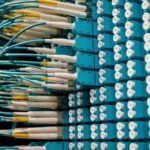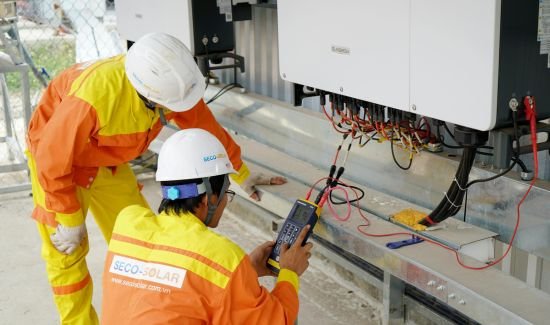
As an electrician, you need to be protected first and foremost. All the risks of electrical shocks, fire, and damage to machinery make it important that you follow these safety tips for electricians. Whether you are an expert or new, this resource will help keep you and others safe from possible dangers. you can also explore Construction Site Safety Tips.
Table of Contents
1. Regularly Inspect Electrical Cables for Damage
Power cords are the lifeblood of your appliances, but they can wear out or break over time. This is not just a minor annoyance; It’s a huge risk. Routine inspections can help catch these issues before they become serious, as in a case study, where a family discovered a broken line during a routine inspection and avoided a fire Check the line well enough to be safe and functional.
2. Never Touch Energized Electrical Circuits
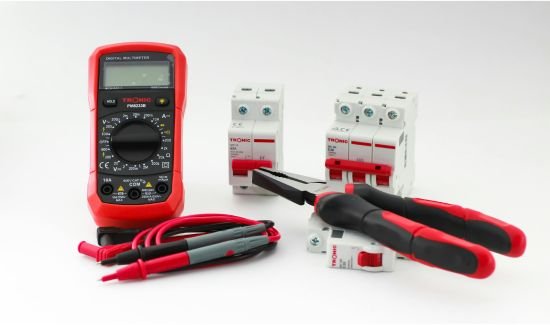
Touching an energized electrical circuit can be fatal, and this is no exception. Electrical shocks have caused many injuries and deaths around the world. In one case a worker did not check that a circuit was live; as a result, he died from the shock. Always de-energize the circuits of your building before starting work. Use insulated tools and follow the correct method for staying safe.
3. Avoid Overloading Electrical Sockets
Overloading electrical sockets is a common but dangerous mistake that can result in overheating and electrical fire. In one documented case, an overloaded socket in a home resulted in a fire that resulted in considerable property damage. Only plug a few devices in a single socket to avoid such an accident, especially high-power appliances such as heaters or microwaves. Always distribute the load evenly across multiple outlets.
4. Water and Electrical Fires

Water and electricity must never mix—this is a law to always remember. Extinguishing an electrical fire with water can lead to electrocution. A case study highlighted an incident where pouring water on an electrical fire caused a severe shock. Instead, use a fire extinguisher (Class C) rated for electrical fires or call emergency services immediately. This knowledge could save your life.
5. Secure and Organize Electrical Cables
Loose cables don’t just look messy—they’re also a trip hazard and fire hazard. In a study of workplace safety, tangled and unsecured cables were found to be a common link between accidents and electrical fires. By keeping cables tidy and secure you not only improve the look of your space, but you also significantly reduce the risk of trip and fire hazards. Use cable ties and organizers to keep cables under control.
6. Ensure Proper Ventilation for Appliances
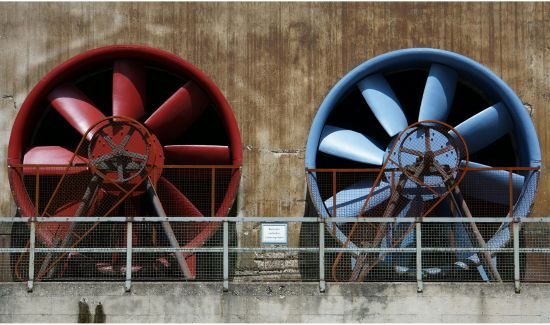
Letting more air circulate your appliances protects them from overheating, which can lead to fires. In one case study, a fire broke out when a refrigerator very close to the house overheated, causing extensive damage. Always follow the manufacturer’s instructions and make sure the vents are blocked. These simple steps can extend the life of your appliances and make your home safer.
7. Conduct A Risk Assessment
Risk assessment is not just for large organizations; It is also important for the house. Identifying electrical hazards before damage or injury can help save lives. In one study, homes that had regular risk assessments had significantly fewer electrical fires. Plan for potential hazards such as old cables or overloaded circuits, and address these immediately.
8. Use High-Quality Testing Equipment
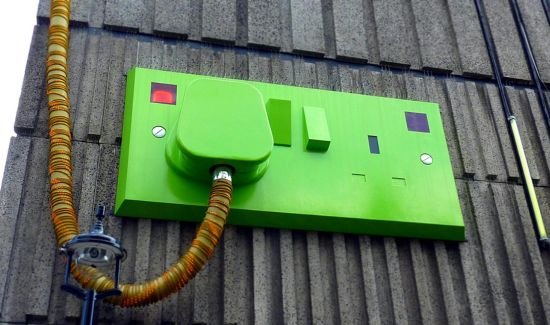
When it comes to electrical safety, the use of high-quality testing equipment is essential. Faulty or inaccurate testing tools can be dangerous. For example, once a cheap multimeter gave an incorrect reading, causing an electrical accident. Investing in reliable, certified testing equipment ensures accurate readings and keeps you safe from damage. This may seem like a small thing, but it’s important to be safe.
9. Electrical Shock Can Be Deadly
Do not take electrical shock lightly; it can be fatal. According to statistics more than a hundred people die each year from preventable electrical shocks. In one notable case, a person died by electrocution as a result of improper handling of household appliances. Always be cautious when dealing with electricity and never ignore safety guidelines. Being cautious can make the difference between life and death.
10. Follow the Manufacturer’s Instructions

Before using any new electrical device or appliance, it is very important to read the manufacturer’s instructions. Ignoring these guidelines could result in improper usage, which could lead to damage or injury. For example, in one case study, a new homeowner did not follow installation instructions for a ceiling fan, resulting in a short circuit. Always take the time to read and follow instructions to ensure safe operation.
11. Use Voltage Regulators and Circuit Breakers
Voltage regulators and circuit breakers are essential tools to protect your electrical system. Damage due to energy fluctuations and overloads is prevented. One case study showed that homes with electrical regulators and circuit breakers had fewer power failures and fires. Installing these devices will protect your home from potential electrical issues and ensure a stable power supply.
12. Maintain Electrical Appliances Regularly
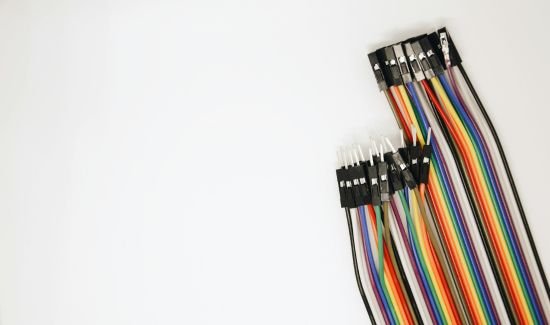
Regular maintenance of electrical appliances is key to their longevity and safe operation. Such neglect can lead to breakdowns and hazards. In one case, an unmaintained washing machine caught fire due to accumulated lint. To avoid such risks, regularly clean and inspect your appliances. Following the maintenance schedules outlined in the user manual is essential to keep everything running smoothly and safely.



